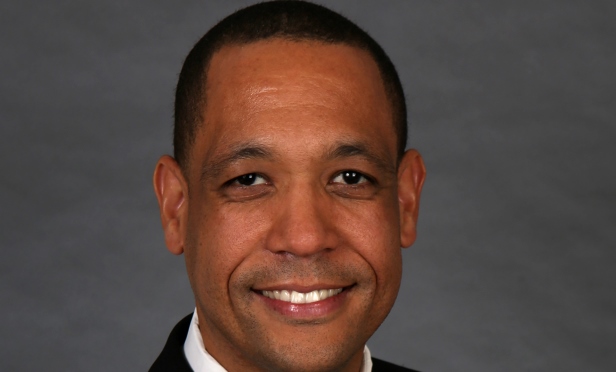 Greystar Elan Menlo Park exclusive development in Silicon Valley GlobeSt.com: What types of creative designs are being used in Bay Area/Silicon Valley residential developments that might be more unique to this area than most? Fearn: GlobeSt.com: How is technology being incorporated into designs? Fearn: GlobeSt.com: How much does wellness or resident health factor into the designs you are seeing in the Bay Area/Silicon Valley? Fearn: GlobeSt.com: What design trends are more prevalent in the Bay Area/Silicon Valley in general? Fearn:
Greystar Elan Menlo Park exclusive development in Silicon Valley GlobeSt.com: What types of creative designs are being used in Bay Area/Silicon Valley residential developments that might be more unique to this area than most? Fearn: GlobeSt.com: How is technology being incorporated into designs? Fearn: GlobeSt.com: How much does wellness or resident health factor into the designs you are seeing in the Bay Area/Silicon Valley? Fearn: GlobeSt.com: What design trends are more prevalent in the Bay Area/Silicon Valley in general? Fearn:© Touchpoint Markets, All Rights Reserved. Request academic re-use from www.copyright.com. All other uses, submit a request to [email protected]. For more inforrmation visit Asset & Logo Licensing.







